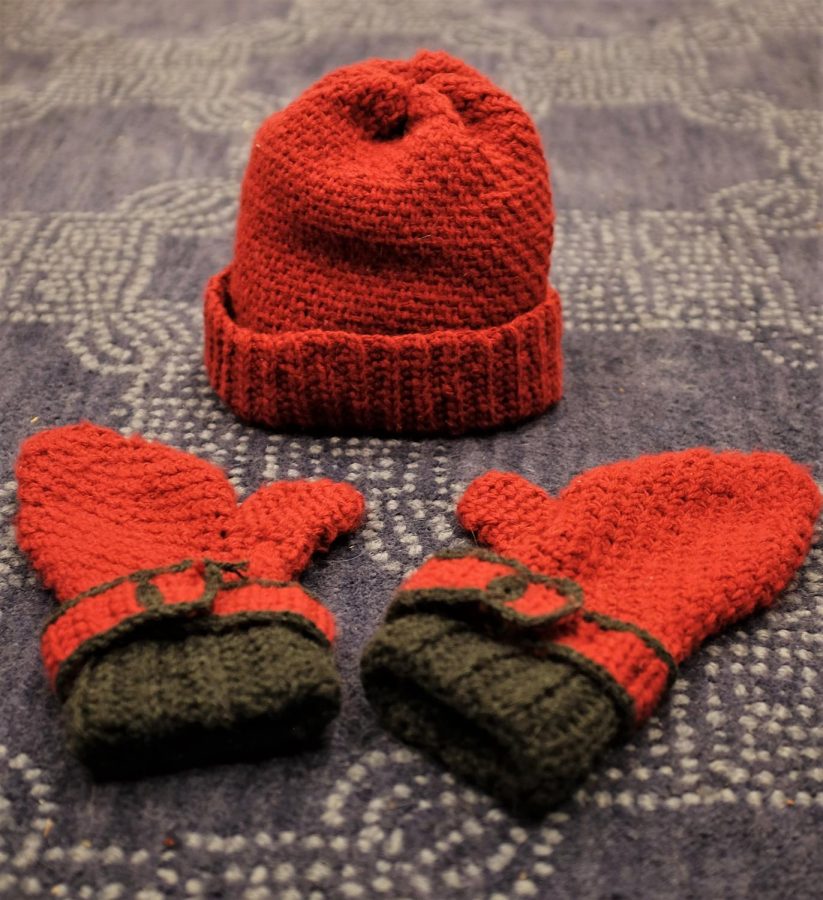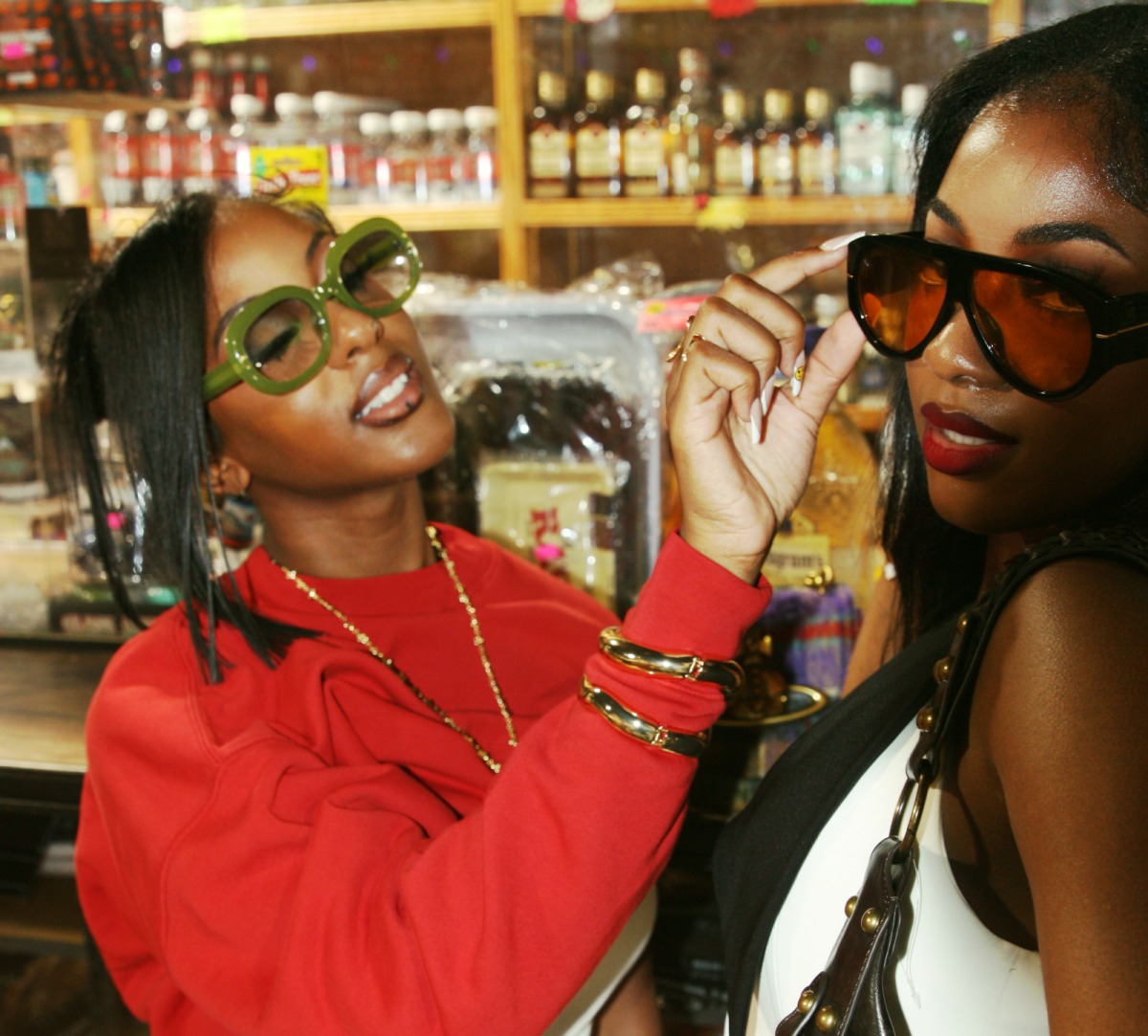Deliberate Imperfections: The art of crochet without perfectionism
January 11, 2021
A friend of my mother’s first taught me how to crochet when I was nine. At the time all I cared about was the color of the yarn– a hideous salmon pink. It took my clumsy fingers what felt like hours to get through the first row, and I quickly gave up.
At 12, my great-aunt tried to teach me. I tried to make a hot pad before learning that yarn wasn’t heat-proof and that if I made a mistake I had to undo all my painstaking stitches. I got the biggest yarn and crochet hook I could find, theorizing that would make the project go faster. I soon gave up again.
When quarantine began, I completed lots of projects. I refinished an old coffee table, learned to sew masks, cooked countless new dishes, and built a fire-pit in my backyard. But sitting through Zoom meetings, my hands couldn’t stay still, and I couldn’t use power tools during a meeting.
I started painting my nails– layer after layer after layer. Then I chipped off the paint. When I started picking the lint off my blanket I knew I had to do something. If my busy hands were left to their own devices I would soon be left with a threadbare blanket. I reluctantly pulled out my old crochet hook and yarn.
There are a lot of conflicting reports about the origins of crocheting. Some sources argue that it began in Arabia, others in South America, and still others in China. According to Lus Paludan, a Danish researcher of the origins of crocheting, the first concrete evidence of crocheting appears in Europe in the 1800s although the art certainly existed before then.
In my mind, crocheting is simply creating a lot of increasingly complex slip knots. You start with one simple slip knot. Then you add another. And another and another and another, until you have a line of them. Then you put your hook through the knot, the yarn over the hook, the hook and the yarn back through the knot, the yarn over the hook again, and then that last loop of yarn goes through both previous loops. Simple, right?
Well not for me.
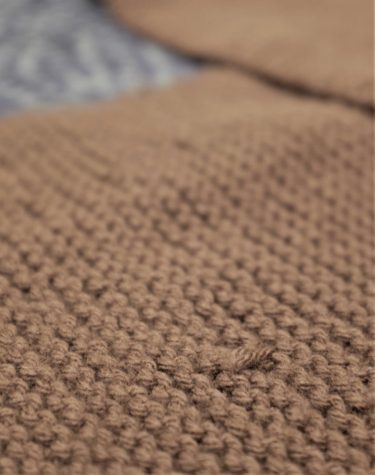
I was in meetings from 10:00 am until 4:00 pm, and I was working on my scarf the whole time. Still, my first scarf took several weeks. It was a little uneven in places, and the tension wasn’t quite perfect. What gave me the courage to start– and keep going through the flaws– was a story I’d heard as a child.
I had joined a knitting club at the library, although I didn’t know how to knit. The flock of well-meaning old ladies got me started on re-wrapping a ball of yarn– the only task suitable for someone as unskilled and impatient as myself. As I wound the yarn, one woman spun a tale.
She explained the art of deliberate imperfection. The concept was foreign to me, and in a way it still is. Only God is perfect, she said, so we have to make sure our art isn’t perfect either. Every item she knitted had a mistake; small and unnoticeable but to the most discerning eye, but it had a deliberate mistake.
My love of symmetry and order balked at the concept. I didn’t stay in the knitting club long (one can only wind yarn for so many hours before it becomes unbearable) but in the years since I have come to love the idea of purposeful mistakes.
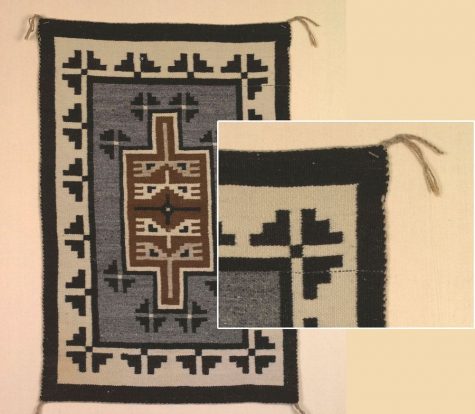
The concept of deliberate imperfection is not unique to the library knitting club. In Navajo culture, they believe that you weave a little bit of your spirit into your work, and the imperfect “spirit line” allows it to escape. Elements of purposeful imperfections are found in some Islamic architecture, Punjabi Phulkari patterns and the Japanese aesthetic of wabi-sabi.
Although I don’t believe that crocheting a perfect scarf would be blasphemous or that it would trap my spirit in the yarn, I do believe that deliberate imperfections ward off another kind of evil– perfectionism.
It’s easy to let the fear of messing up, being flawed, or being bad at something paralyze me. Sometimes I am so worried that my finished product won’t be perfect that I can’t even start.
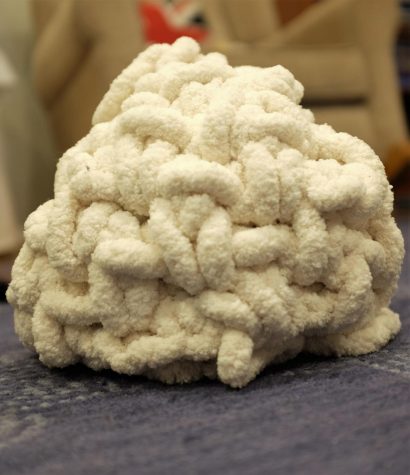
However, resolving before I begin that my work cannot, will not, be perfect frees me from that fear.
I can crochet cauliflower hats and crooked scarves. I can make mittens that only mostly match, pom-poms that aren’t perfect circles, and socks that would be suitable for Big Foot. I’ve made a dozen hats, a half dozen scarves, two pairs of mittens, an iPad case, one sock, and yes, a hat that looks like a cauliflower. In my fearlessness, I can enjoy making beautiful things, hideous things and ridiculous things– things that I would not have had the courage to attempt if I hadn’t resolved to mess up. Most of my mistakes are not on purpose, but when I go in knowing my work must be flawed it does not really matter.



